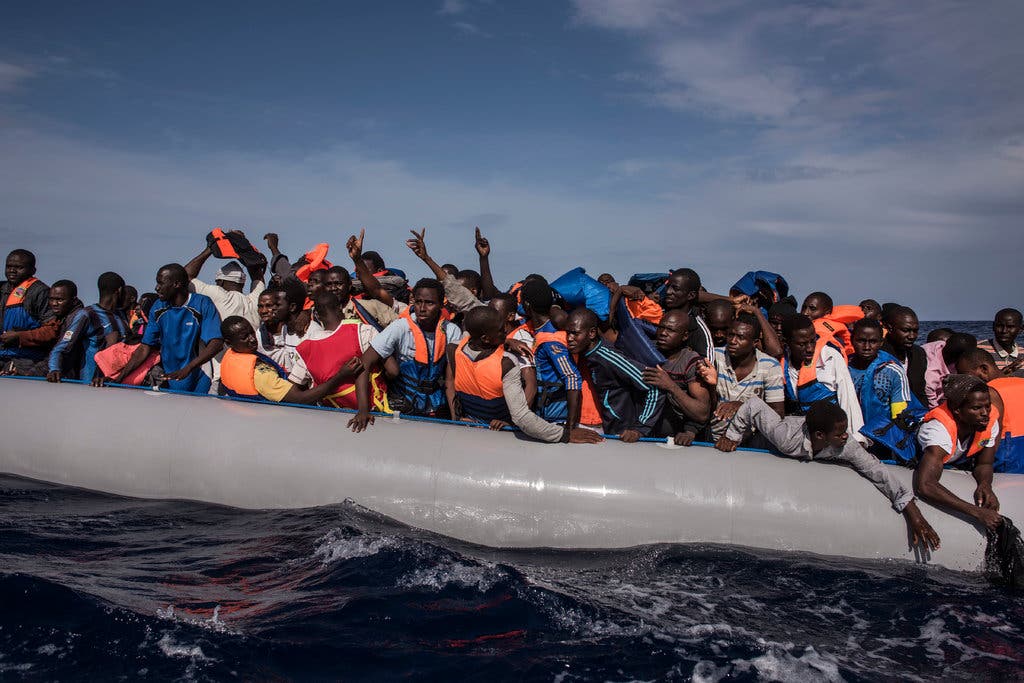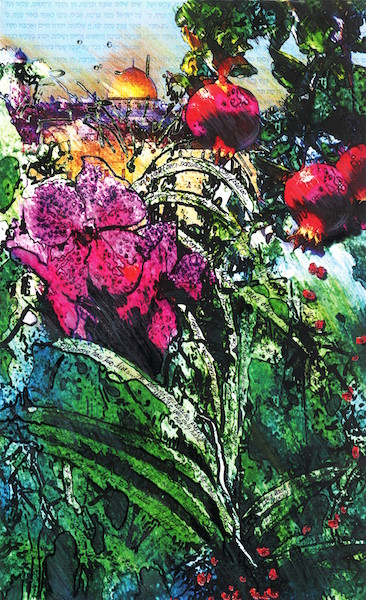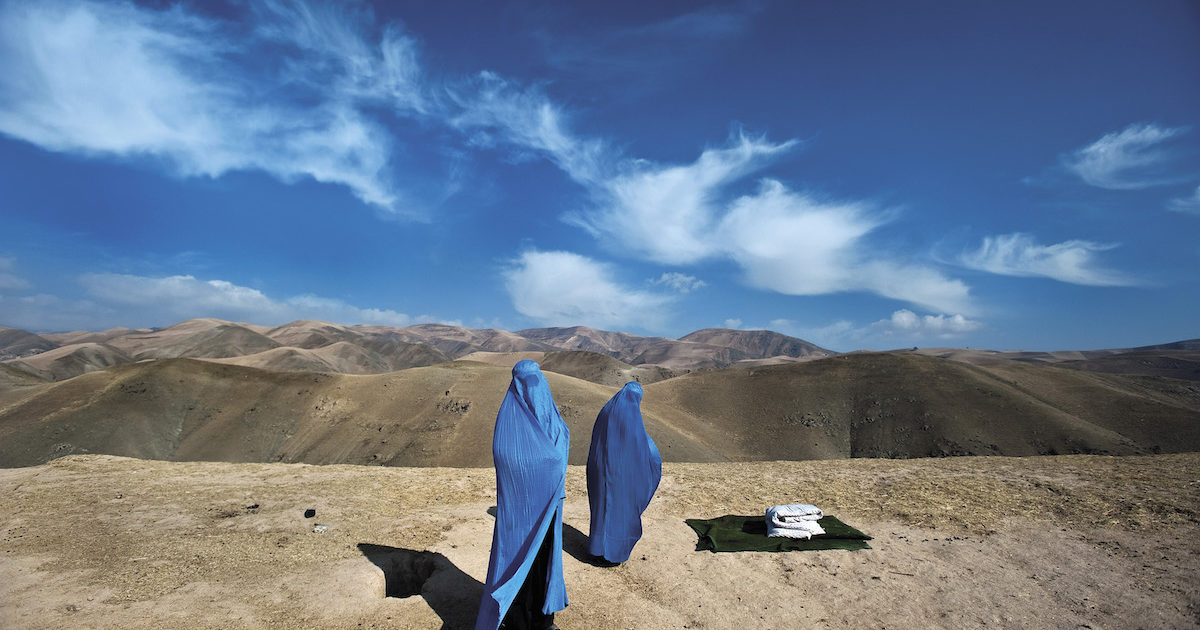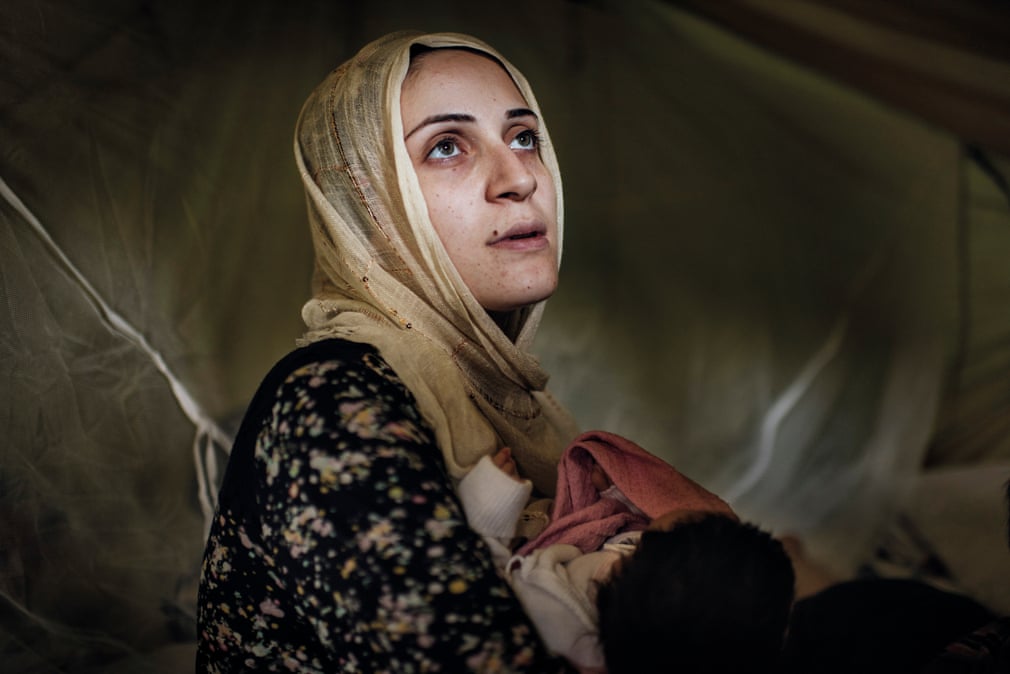AYAZ KHEZRZADEH explores the documentary photography of Lynsey Addario, discussing how this photojournalist locates a sense of composure in scenes of crises.
Photography is an artistic form that makes it easy for us to edit and manipulate reality. Every detail seems to be one of calculation; from filters, to photoshop, even to the exact moment we decide to pick up a camera. Who can blame us? In a world of perfectionism and idealism, how can we not fall victim and attempt to capture our best ‘reality’?
This way of thinking felt completely innate to me, until I encountered the work of Lynsey Addario. Addario is a photojournalist who documents humanitarian crises in their rawest form. Her jarring imagery of conflict and struggle forces any viewer to confront reality, no matter how discomforting it may be. That is the beauty of Addario’s work – she is not afraid to show us reality. Directing her lens towards the Middle East and Africa, she abrasively pops the sheltered bubble of Western privilege that makes it easy for us to forget or even simply ignore issues that seem remote and external. Visible within the title of her book Of Love & War (2018), Addario tackles thematic binaries in a way that shows harsh realities in picturesque forms.
When first viewing a work of Addario, her use of saturation and bold colours to tell these unsettling narratives is instantly apparent. What is the effect of juxtaposing such beguiling colours with disturbing images of struggle? It is not that Addario romanticises these crises, but instead enriches them to be present and bold, in turn positing them as issues that cannot be ignored. See it as shining a light on issues that are often kept in the dark, illuminating the subjects of her photos to be jarringly present. Take her 2014 piece of 109 African refugees. Addario presents a suffocated image with a narrow frame, emphasising the crowded grouping of these individuals that now dominate the shot’s mise-en-scene. Addario is able to capture the harsh binaries of chaos and calm. What I found to be most intriguing in this particular piece is Addario’s ability to showcase this humanitarian crisis in a way that makes this unrehearsed reality seem composed. Observe, for example, how Addario has highlighted the complimentary colours of blue and orange. The way she captures the vibrancy of the orange life-jackets in juxtaposition to the blue solidifies Addario’s capacity to maintain a sense of artistic calm, even when displaying the unpleasant and overt distress of these situations.

This strategic emphasising of juxtaposing colour is not a style unique to Addario, but can be seen in the work of other humanitarian artists such as Tracy Ellyn. Ellyn’s mixed media pieces contain the same bold colour choices, yet in an entirely different way. The piece I find most compelling of Ellyn’s is her Steven Sotloff memorial piece, made from abstract glass, which commemorates the beheading of the American-Israeli journalist. Drawing on the symbolic connotations of flowers signifying rebirth, Ellyn positively spins this mourning into something more optimistic and productive. Despite Ellyn’s comparatively chaotic composition, the most blatant connection to Addario in Ellyn’s work is her richly coloured imagery that celebrates the human form, even in its darkest and most uncomfortable context.

I think what stands out the most about Lynsey Addario’s artistic compositions is the way she presents the subject of her images. Composed as if a Renaissance painting, Addario effortlessly communicates entire narratives through body language alone. Whether it be a woeful hand on the head or a mournful face to the ground, one cannot help but view the parallels between Addario’s and a sculptor’s kinetic expression within their art – take Rodin’s 1902 The Thinker as an example. The candid nature of Addario’s photographs allows us to fully realise their scope of human emotion, and encourages the viewer to express compassion to those subjects of her images, no matter what context Addario has chosen to capture.

This quality to her photographs is most apparent in her collection Maternal Mortality (2019). Poignantly striking, Addario expands the perspective of Western feminism by bluntly acknowledging the difficulties of motherhood in war-torn countries, focusing on the high annual death tolls attributed to childbirth in these regions specifically. The image most striking to me was her 2009 piece taken in Badakhshan, Afghanistan. Initially viewing this photograph, what is first detectable is a simple barren landscape. However, this image invites the viewer to shift their attention on the two female figures who centre the piece. Clothed in bright blue, a sense of ambiguity is created. It is not until one contextualises the piece that they discover that it depicts pregnant eighteen-year-old Noor Nira, stranded on the side of a road after her husband’s car breaks down. Under the ownership of her husband, she is destitute in her identity, especially as a mother. I see this as the appeal of Addario’s work: she presents human experiences in their rawest form. This is what Addario does best. Maternal Mortality depicts the natural process of motherhood, in the most hostile of environments.

Locating the beauty in real people is what Lynsey Addario’s work encapsulates. Candidly taken, Addario never strives to capture humanity in any other way. So when I proclaim the phrase ‘The Beauty in Reality’, it is not a way of glorifying human struggle, but rather applauding Addario in immortalising the human experience. In this postmodern society we live in, Addario impressively depicts a sense of compassion in every piece of art she creates, in a way that one cannot help but celebrate.
Featured image: Taimaa, 24, with her week-old daughter, Heln, in a refugee camp in Thessaloniki, Greece, September 2016. Lynsey Addario. © Lynsey Addario. Image source: The Guardian.





